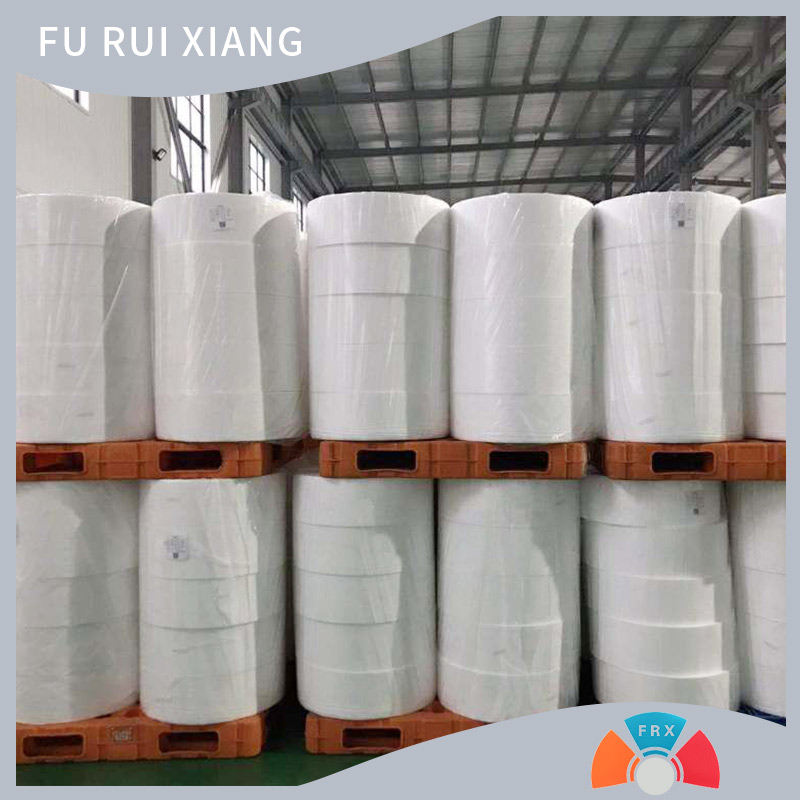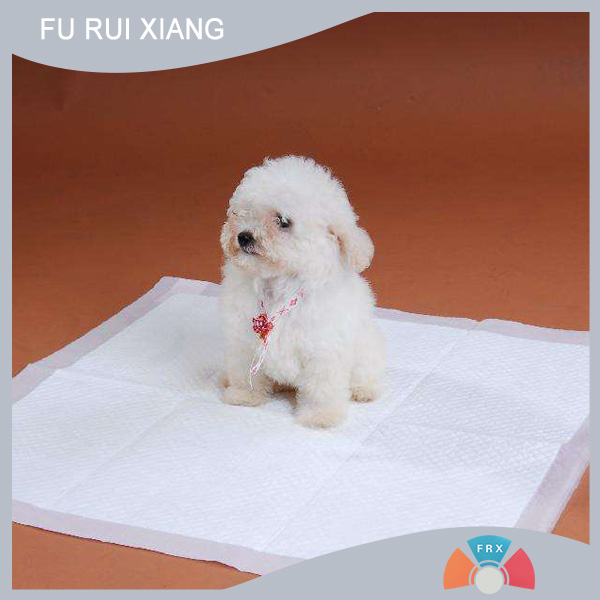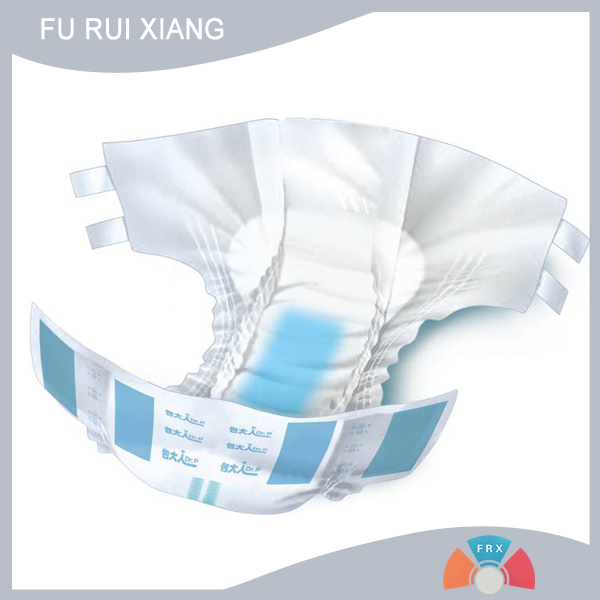Explore spunbond nonwovens: magical materials from production to multiple applications!
In daily life, we often deal with various products, but rarely pay attention to those hidden behind the silent function of the materials. Today, let's walk into the world of Explore spunbond nonwovens fabrics and uncover the mystery of this magical material.
First, what is spunbonded non-woven fabric?
Spunbonded non-woven fabric, from a professional point of view, is a specific process directly made of polymers into fibers and mesh, and then consolidated by mechanical, thermal or chemical methods of sheet material. In simple terms, it is not made of yarn interweaving like traditional fabric, but a network structure formed by countless small fibers intertwined with each other.
Second, the unique production process creates extraordinary quality
Raw material preparation: Common production raw materials are polypropylene (PP), polyester (PET) and other polymers. These raw materials are strictly screened to ensure quality standards and lay the foundation for subsequent production.
Melt extrusion: Polymer particles are heated to a molten state and extruded through a specially designed spinneret to form extremely fine strips of silk. The process is similar to that of a spider spinning silk, only on a much larger scale.
Drafting and cooling: The newly extruded silk is still relatively soft and needs to be drafted to make it thinner and stronger. At the same time, through cold air or other cooling methods, the wire can be cured quickly.
Net laying: The stretch-cooled fibers are evenly laid on the conveyor belt to form a continuous web. The evenness of the mesh directly affects the quality and performance of the non-woven fabric.
Consolidation: In order for the fiber web to have a certain strength and stability, consolidation is required. The common methods are hot pressing, acupuncture, water pricking and so on. Hot pressing is the use of high temperature and high pressure to make the fiber surface partially melt and adhere to each other; Acupuncture is to puncture the fiber web repeatedly through barbed needles, so that the fibers intertwine with each other; Spines use high pressure water flow to impact the fiber network to achieve the purpose of consolidation.
Third, significant features that can not be ignored
High strength and durability: spunbonded non-woven fabrics have excellent tensile strength and can withstand greater external forces and are not easy to break. This makes it widely used in many fields that require high-strength materials, such as industrial packaging, automotive interiors, and so on.
Good air permeability: Although it is tightly interwoven by fibers, the unique network structure still gives it good air permeability. In the medical and health field, such as surgical gowns, masks and other products, this feature is particularly important to ensure the protective effect, but also to make the user feel comfortable.
Water resistance: Through a special post-treatment process, spunbonded non-woven fabrics can have a certain waterproof performance. This makes it play an important role in agriculture, construction and other fields, such as for making rain cloths, roof waterproof materials and so on.
High cost efficiency: Compared with the traditional textile process, the production process of spunbonded non-woven fabrics is simpler and more efficient, which greatly reduces the production cost. This gives it a clear price advantage in large-scale applications, able to meet the needs of different industries for low-cost materials.
Environmental characteristics: Many spunbonded non-woven materials can be recycled, reducing the burden on the environment. Moreover, in the production process, compared with the traditional textile industry, its energy consumption is lower and its impact on the environment is less.
Fourth, multiple applications, everywhere
Medical and health field: surgical clothes, masks, protective clothing, disposable sheets, etc., these products are closely related to our health, can not be separated from spunbonded non-woven fabrics. Its good protective performance and comfortable ventilation characteristics provide a reliable guarantee for medical staff and patients.
Home life: In the family, we can also find the figure of spunbonded non-woven fabrics everywhere. For example, it is used to make furniture dust cover, cleaning cloth, carpet padding and so on. It is not only practical, but also can add a neat and beautiful home environment.
Industrial packaging: Due to its high strength and good moisture resistance, spunbonded non-woven fabrics are widely used in the packaging of industrial products. Whether it is electronic products, mechanical parts or food and beverage, it can be used for packaging, effectively protecting products from damage.
Agriculture and Horticulture: In the field of agriculture, spunbonded non-woven fabrics can be used to make insect-proof nets, thermal insulation and moisturizing covering materials. It can help crops resist pests and diseases, regulate temperature and humidity, and promote crop growth.
Car interior: the seat cover, roof lining, sound insulation materials and other parts of the car are often spunbonded non-woven fabrics. It can not only provide a comfortable touch, but also play a role in sound insulation and heat insulation to enhance the driving experience.
5. Future Outlook
With the continuous progress of science and technology and the improvement of people's requirements for product performance, the development prospects of spunbonded non-woven fabrics are very broad. In the future, we are expected to see spunbonded non-woven products with better performance and richer functions. For example, non-woven materials with self-cleaning functions and intelligent sensing functions will further expand their application fields and bring more convenience and surprises to our lives.
As a kind of material with excellent performance and wide application, spunbonded non-woven fabric is quietly changing our life. With its unique production process, remarkable characteristics and diverse applications, it plays an indispensable role in various industries. I believe that in the future, it will continue to shine and create a better life for us.
Qingdao Furuixiang Plastic Technology Co., Ltd. now has four advanced non-woven production lines, can produce 8-250 grams/square meter, width within 3.2 meters of various colors, sizes, functions (such as UV, anti-aging, antibacterial, flame retardant, hydrophobic, water repellent, super soft) SMS, SS, S polypropylene spunbonded non-woven fabrics. Qingdao Furuixiang Plastic Technology Co., Ltd. of non-woven fabrics in the international market widely praised.
- Furniture non-woven fabric has a variety of characteristics and uses!
- Breakthroughs in the research and development of new materials in the textile industry!
- Opportunities and challenges coexist in the textile industry in 2025!
- A detailed introduction to spunbonded non-wovens!
- Spunbonded non-woven fabric: convenient and efficient new materials!
- The textile industry accelerates the "intelligent" change!
- Spunbonded nonwovens: Characteristics, applications and advantages!
- Global textile industry market size!
- Explore spunbond nonwovens: magical materials from production to multiple applications!
- Non-woven fabric: the new favorite of handmade lovers!










